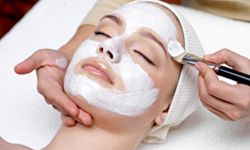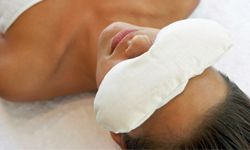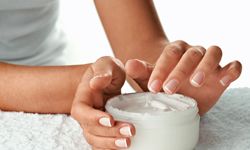There are times in our lives when our skin can use a little sprucing up. Whether we've let it get dehydrated, we're having issues with acne or we're becoming increasingly aware of fine lines and wrinkles, sometimes taking measures beyond wash, rinse and moisturize feels necessary.
A glycolic peel is the kid sister of the heavier duty chemical peels, and as a result, the healing time is much faster. But there are still some after-peel steps that will help mellow the irritation. Here are five ways to soothe your skin after a glycolic peel.
Advertisement


